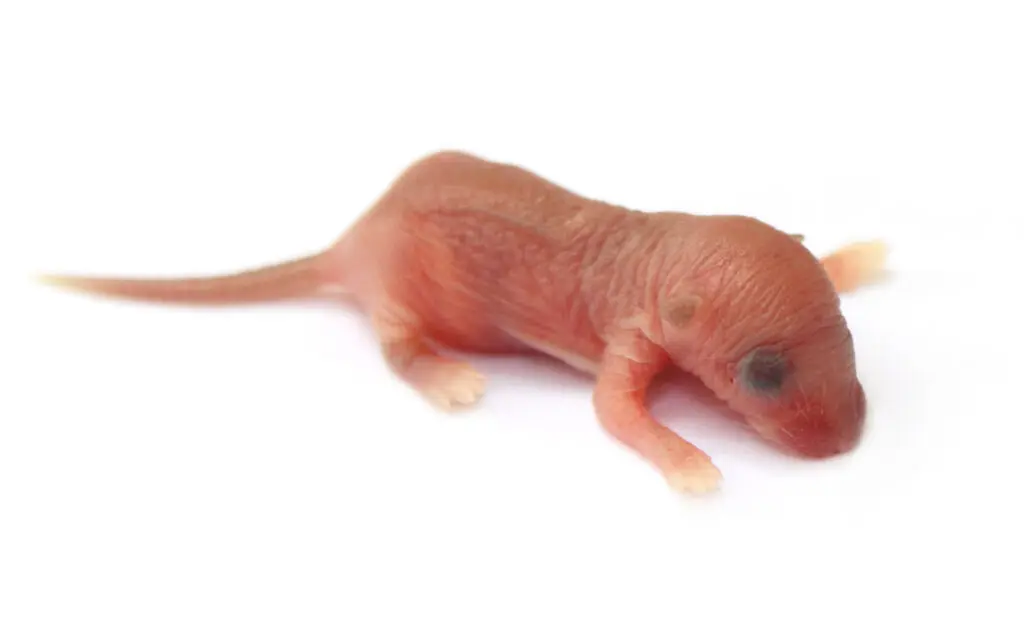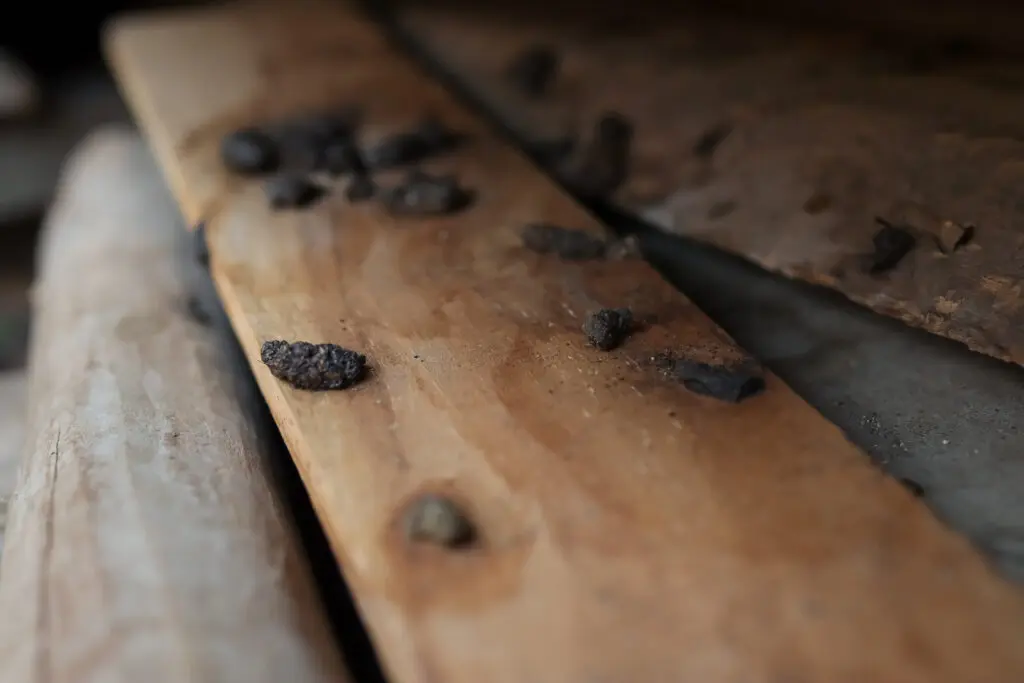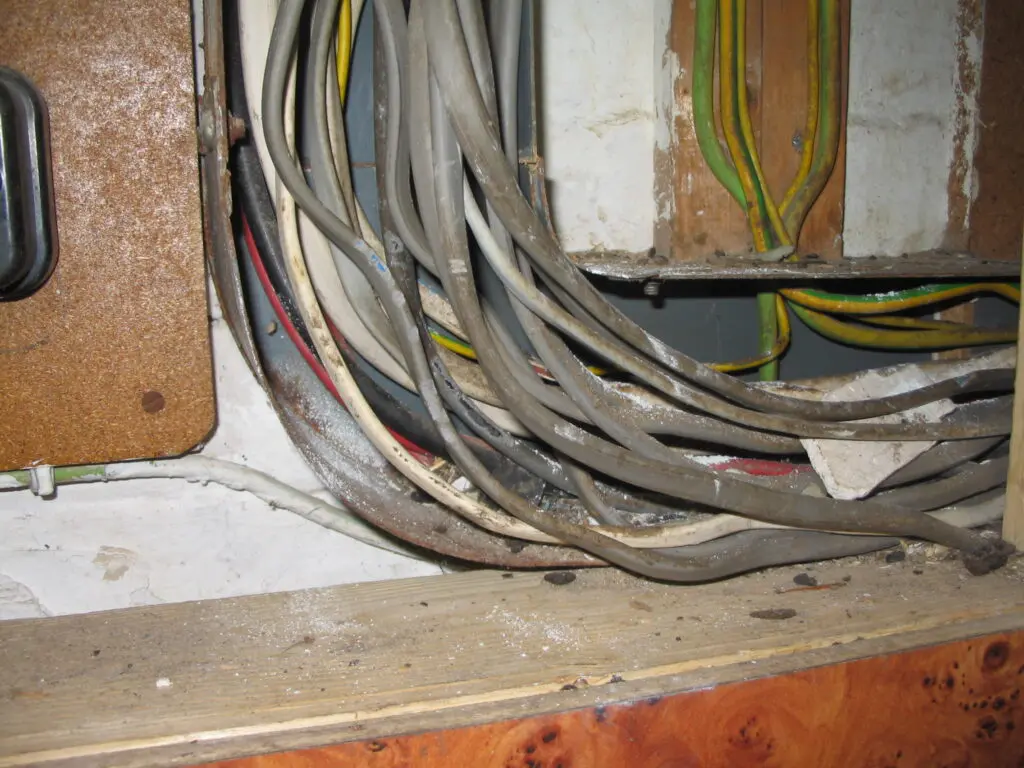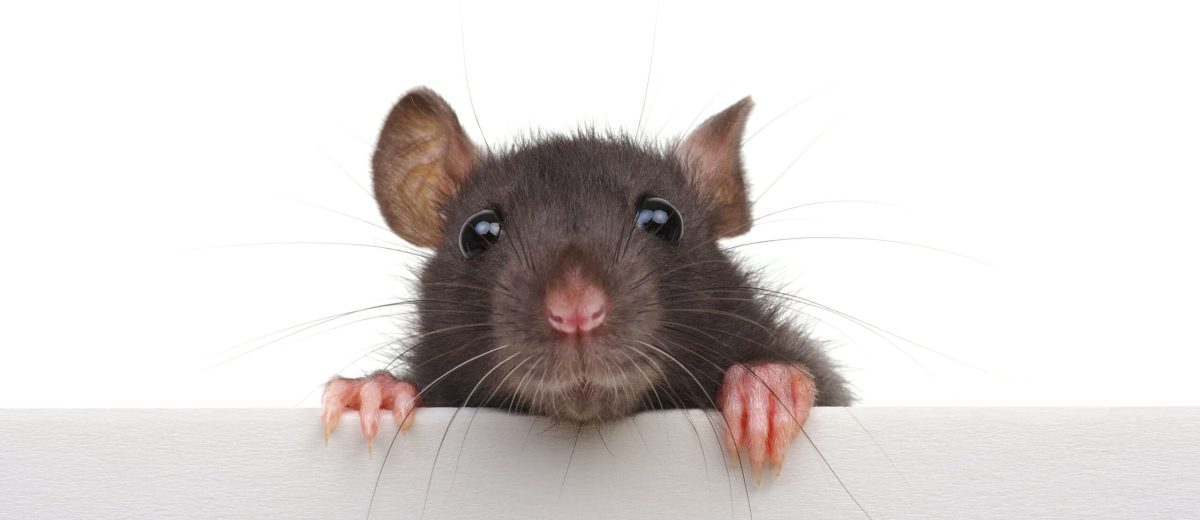Rats can cause significant damage to homes and businesses, posing health risks and structural issues. Recognising the early signs of a rat infestation, including identifying baby rats, can help you take action before the problem grows. Here’s what you need to know to spot the signs and respond effectively.
1. Identifying Baby Rats: What They Look Like and Where to Find Them
Baby rats, also known as pups, are a clear sign that rats are breeding and settling in your space. Here’s what to look for:
- Appearance: Baby rats are small, typically around 1–3 inches in length when they’re first born. They have pink, hairless skin, and their eyes are closed until they’re a few days old. As they grow, they develop soft fur, and their eyes open, resembling adult rats but on a smaller scale.
- Location: Baby rats are often found in nests, which rats build in hidden, warm areas. Common nesting spots include behind walls, in attics, basements, or near insulation. Check dark, quiet spaces where rats can reproduce undisturbed.
Identifying baby rats early can prevent a full-scale infestation, as these young rats will quickly grow, breed, and multiply.

2. Other Signs of a Rat Infestation
In addition to spotting baby rats, there are several other signs that indicate a rat infestation in your home or business. Look out for these clues:
- Droppings: Rat droppings are often one of the first signs of an infestation. They are small, capsule-shaped, and dark in colour, typically found near food sources, nesting areas, or along pathways rats frequently travel. Fresh droppings are soft and moist, while older ones are hard and dry.
- Gnaw Marks: Rats constantly gnaw to keep their teeth sharp. Look for chewed wires, furniture, insulation, or wooden structures. Newer gnaw marks are lighter in colour, while older ones are darker.
- Nests and Shredded Materials: Rats build nests using shredded paper, fabric, insulation, and other soft materials. If you find piles of shredded items in secluded areas, it’s a likely sign that rats are nesting nearby.
- Footprints and Tail Marks: In dusty areas, you might see rat footprints or tail marks. Rats have small, clawed feet that leave distinctive prints, and their tails leave long, sweeping marks in the dust. A quick way to detect recent activity is to sprinkle a thin layer of flour or talcum powder and check for tracks the next day.
- Grease Marks: Rats have oily fur, which can leave dark smudges or grease marks along walls and baseboards where they frequently travel. These marks often appear as dark streaks and indicate their regular pathways.
- Scratching Noises: Rats are typically active at night. You might hear scratching or scurrying noises in walls, ceilings, or floors, especially in the attic or basement. These sounds often signal movement to and from their nests.



3. Health Risks of a Rat Infestation
Rats carry diseases and parasites that can pose serious health risks to humans. Some common diseases associated with rats include leptospirosis, salmonella, and hantavirus. In addition, rat droppings, urine, and dander can trigger allergies and respiratory issues, particularly in sensitive individuals.
By identifying an infestation early, you can protect yourself and your family from these health risks.
4. How to Handle a Rat Infestation
Once you’ve identified signs of a rat infestation, it’s essential to act quickly. Here’s what you can do:
- Seal Entry Points: Rats can squeeze through very small gaps, so inspect your home or building for cracks, holes, or gaps around doors, windows, pipes, and vents. Seal these with steel wool, caulk, or metal mesh to block entry.
- Eliminate Food Sources: Store food in airtight containers, clean up crumbs and spills immediately, and ensure bins are tightly sealed. Avoid leaving pet food out overnight.
- Set Traps: For minor infestations, use traps in areas where you’ve seen signs of rats. Place them along walls and in dark areas. Opt for humane traps if preferred, or use snap traps for quicker results.
- Contact a Professional: For larger infestations or quicker results, a professional pest control service can provide a thorough inspection, safe removal, and ongoing prevention measures. They can also check for nests and hard-to-reach entry points.
Conclusion
Rats can quickly become a serious issue if left unchecked, so it’s vital to recognise the signs early. By learning how to identify baby rats and other clues, you can act promptly to remove them and prevent further damage. If you suspect an infestation or find signs of rats in your property, take steps to secure your space or contact a professional for assistance. Swift action can make all the difference in keeping your home or business rat-free and safe.


